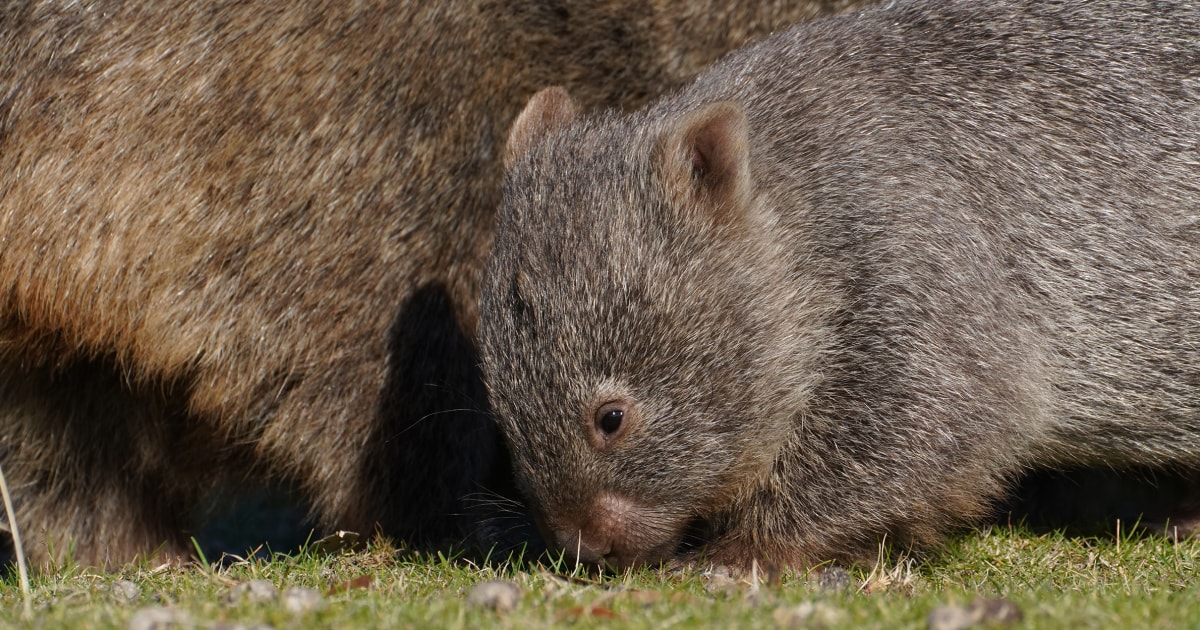Wombat Baby Snatch: Influencer Apologizes After Backlash
A recent incident involving Australian influencer, @WanderlustWillow (real name withheld for privacy reasons), and a wombat joey has sparked widespread outrage and a public apology. The influencer, known for her travel and wildlife photography, faced a severe backlash after posting images and videos seemingly showing her handling and interacting closely with a young, vulnerable wombat. This article delves into the details of the incident, the ensuing controversy, and the influencer's subsequent apology.
The Incident: A Wombat Joey's Close Call
The controversy began with a series of posts on @WanderlustWillow's social media channels. The pictures and videos depicted the influencer holding a wombat joey, appearing to cradle it in her arms and posing for photographs. While the images initially garnered some positive reactions, criticism quickly mounted. Animal welfare experts and concerned citizens alike pointed out the potential dangers to the young wombat, emphasizing the importance of keeping wild animals in their natural environment.
Risks of Human Interaction with Wombats:
- Stress and Trauma: Handling a wombat joey can cause significant stress and trauma, potentially impacting its development and survival.
- Disease Transmission: Human contact can expose the animal to diseases to which it has no immunity.
- Disruption of Natural Behaviors: Removing the joey from its mother and natural habitat disrupts its crucial development and bonding process.
- Legal Ramifications: In Australia, interacting with wildlife without proper permits can lead to hefty fines and legal repercussions.
The Backlash: Social Media Erupts
The initial positive response to the influencer's posts swiftly transitioned into a wave of criticism. Hashtags such as #WombatBabySnatch, #LeaveWildlifeAlone, and #ResponsibleTourism began trending on various social media platforms. Many users condemned the influencer's actions, highlighting the irresponsibility of such close interaction with wildlife. Numerous animal welfare organizations voiced their concerns, emphasizing the importance of maintaining a safe distance from wildlife and respecting their natural habitats.
The Apology: A Mea Culpa From @WanderlustWillow
Faced with mounting pressure and widespread condemnation, @WanderlustWillow issued a public apology on her social media channels. In a heartfelt statement, she acknowledged her mistake, expressing remorse for her actions and emphasizing her lack of awareness regarding the potential harm inflicted on the wombat joey. She stated she was unaware of the negative impact her actions would have and that she deeply regretted her behavior.
Key Points From the Apology:
- Acknowledgement of Wrongdoing: The influencer clearly stated she understood the severity of her actions and the harm caused.
- Commitment to Education: She pledged to educate herself further about responsible wildlife interaction and share this knowledge with her followers.
- Call for Responsible Tourism: She urged her followers to prioritize responsible tourism practices and respect the natural habitats of wildlife.
The Aftermath: Lessons Learned
This incident serves as a stark reminder of the importance of responsible wildlife interaction. Influencers and individuals alike must be mindful of the potential consequences of their actions and prioritize the well-being of animals above personal gain or social media engagement. This case highlights the necessity of promoting ethical tourism practices and educating the public about responsible wildlife viewing. The incident also underscores the power of social media in both amplifying positive messages and holding individuals accountable for their actions. Let's hope this situation prompts a wider conversation about responsible wildlife engagement and a shift towards more ethical interactions with our precious wildlife.
Call to Action: Learn more about responsible wildlife tourism practices in Australia by visiting [link to relevant Australian wildlife organization]. Share this article to raise awareness about the importance of responsible wildlife interaction.
